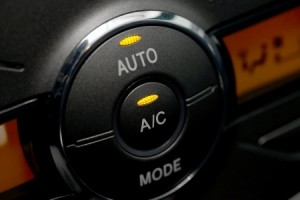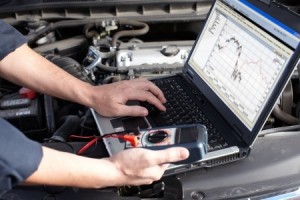The carwash may soon be going the way of the dodo.
According to Nissan, the car giant has debuted a paint that is both hydrophobic and oleophobic, meaning it is naturally resistant to both water and oils. A Nissan spokesperson said the paint effectively creates “a protective layer of air between the paint and environment.”
The paint is called Ultra-Ever Dry and was developed by a company called UltraTech International. Check out the video below to see the paint in action.
“Washing a car can be a chore – and a costly one at that. In response, Nissan has begun tests on innovative paint technology that repels mud, rain and everyday dirt, meaning drivers may never have to clean their car again,†said a Nissan spokesperson.
Currently only Nissan Europe is actively applying the paint to its cars, but it is expected to make its way across the pond in the near future. There is also speculation that Nissan plans to offer the paint as an aftermarket application, meaning the product could potentially be implemented to any car on the road.
While the repellant paint may be a hit with Nissan investors and car enthusiasts, those in the car washing business aren’t likely clamoring for the product to make its way overseas. According to The Detroit News, the car washing industry generates over $23 billion worldwide. The industry is also home to more than 130,000 workers.
No price has been set for the procedure, but industry experts expect it to run between $500-$1,000.
Related source: Yahoo.com



